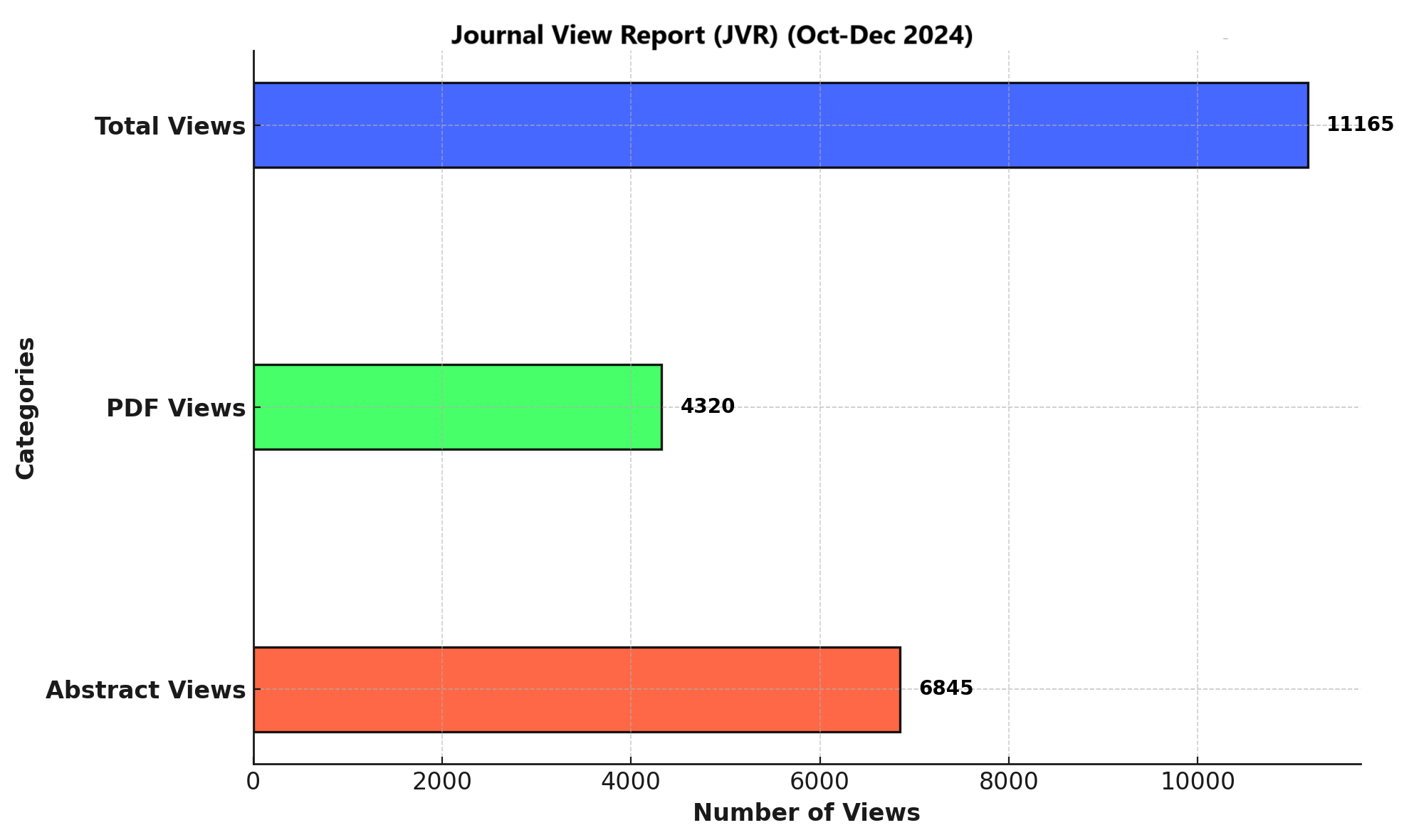PREVALENCE OF HAND OR WRIST-RELATED PAIN AND ITS FUNCTIONAL LIMITATION AMONG HEALTHCARE PRACTITIONERS
DOI:
https://doi.org/10.71000/ijhr153Keywords:
Hand/Wrist Pain, Functional limitations , Healthcare Practitioners, Workplace Health, Repetitive MovementsAbstract
Background: Work-related hand and wrist injuries are among the most common occupational traumas, particularly affecting healthcare practitioners due to prolonged manual tasks and repetitive movements. These injuries significantly impact the practitioners' functional abilities and overall productivity. Addressing this issue is critical not only to enhance the health and well-being of healthcare workers but also to maintain high standards of patient care. This study aimed to evaluate the prevalence of hand and wrist pain and its associated functional limitations among healthcare practitioners.
Objective: To assess the prevalence and impact of hand and wrist pain on functional limitations among healthcare practitioners in diverse healthcare settings.
Methods: A cross-sectional study was conducted between March 2024 and July 2024, involving 70 healthcare practitioners aged 21 to 35 years from Madinah Teaching Hospital, Faisalabad International Hospital, Civil Hospital, Sahil Hospital, and Prime Care Hospital. Approval was obtained from the Ethical Institutional Review Board (Ref: TUF/IRB/329/24). Participants were selected using purposive sampling, including those with at least one year of clinical experience and a minimum of four working hours per day. Data were collected using validated tools: Pain Rated Wrist/Hand Evaluation (PRWHE), Numeric Pain Rating Scale (NPRS), and Michigan Hand Outcome Questionnaire (MHOQ). Exclusion criteria included unhealed fractures, arthritis, neurological disorders, neoplasms, diagnosed diabetes mellitus, smoking or drug abuse >2 years, and systemic conditions affecting musculoskeletal function.
Results: The PRWHE, NPRS, and MHOQ showed mean values of 31.57 (SD 18.75), 3.64 (SD 1.75), and 66.25 (SD 12.29), respectively. Functional domains of MHOQ recorded percentages for Function (59.42%), Activities of Daily Living (70.06%), Work (58.28%), Pain (36.35%), Aesthetics/Appearance (83.75%), and Satisfaction (61.85%). Urologists demonstrated the highest pain levels (PRWHE: 41.64; NPRS: 4.57) and lowest functional outcomes (MHOQ: Function: 50.71%). Surgeons exhibited the highest overall hand functionality (MHOQ: 69.16%), while nurses and dentists reported significant limitations in pain and work-related capabilities.
Conclusion: The study identified a considerable prevalence of hand and wrist pain and associated functional limitations among healthcare practitioners. These findings underscore the necessity of ergonomic interventions and workplace modifications to alleviate musculoskeletal strain and improve the well-being and productivity of healthcare workers.
Downloads
Published
Issue
Section
License
Copyright (c) 2024 Izza Ayub, Noor Habiba, Fatima Majeed (Author)

This work is licensed under a Creative Commons Attribution-NonCommercial-NoDerivatives 4.0 International License.







